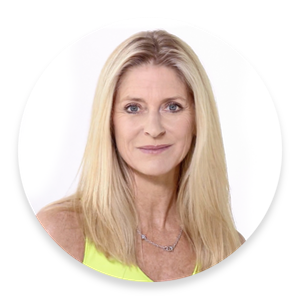Your spine is only as healthy as the discs between the vertebrae
I don’t need to detail the construction of the spine but do need to emphasise its importance as the housing for our spinal column and nervous systems.
The spine is brilliantly designed with essential curves to offset the load when in the vertical position. There are 7 cervical bones in the convex curve of the neck, 12 thoracic bones in the concave curve of the upper back, 5 lumbar bones in the convex curve of the lower back, 5 bones that make up the pelvis and finally the tailbone at the end.
As I am sure you are all aware, the range of movement of each bone, in each direction, varies as we move down the spine, where the neck or cervical spine and the lower lumbar spine allow for better rotation and bending and the thoracic spine is quite limited.
Between each bone are notches through which the nerves leave to send messages from the brain to the rest of our body and a very important intervertebral disc that provides cushioning as we create a heavy load; standing, sitting and moving. Without that cushioning the bones would wear, tear and break and the nerves would be damaged.
Since we spend 90 percent our modern lives in forward flexion (sitting, bending forward and lifting), the spinal curves become maladjusted and the discs between the vertebrae get squashed at the front of the spinal column. With time and repetitive over use, the spine becomes mal-formed, our posture deteriorates and the discs form a bulge which impacts the space through which the nerves leave the spine , causing pain in the back and any peripherally related area. This is often called an impinged nerve which manifests as pain, tingling or numbness in arms and legs and can affect the health of the associated organ. The further away the pain radiates, the worse is the condition.
This bulging or herniation occurs mostly at the junctions between the cervical and thoracic spine at C7/T1 causing pain the upper body and the thoracic and sacral spine at L4, L5/S1, S2, causing pain in the lower body. The good news is that when diagnosed early on, this condition can be remedied but when left untreated will eventually lead to spinal stenosis, breakdown of bone tissue and other irreparable conditions.
There are many things to point out about how and why reformer Pilates is healing for the spine.
First of all, no matter what your age or condition of your vertebral column, you always begin lying down, fully supported by the reformer, with no load on the discs between the bones.
Every exercise is performed from a neutral spinal position, encouraging the natural curves of the spine , further protecting the spine from extra load.
Every exercise also encourages abdominal initiation, further strengthening the muscles that support correct movement of the whole vertebral column.
Each movement has a counter directional component making sure that your musculature becomes equally strong and balanced.
Each exercise has a stretching component to make sure that all muscles are elongated.
And finally each workout balances the amount of extension, flexion, rotation and side-bending, training your muscles to work appropriately in unison with each other in a balanced way.
In other words, in my opinion, there is no better exercise program for an active, ageing spine than Aeropilates.
 written by Marjolein Brugman
written by Marjolein Brugman
Marjolein Brugman is the founder of lighterliving and Aeropilates. “lighterliving is a movement and lifestyle choice we can all make. Let’s make it simple – make one decision a day to be better and watch the small steps lead to big changes. Eat smart, stay active, and you’ll live to feel a lighter life."


